Owen Toth
Advisors: Brian Rex
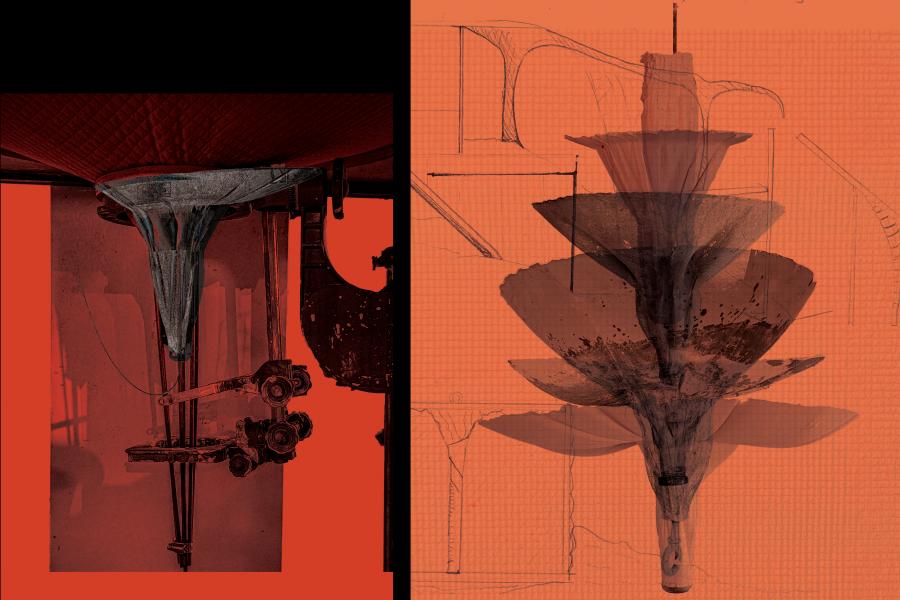
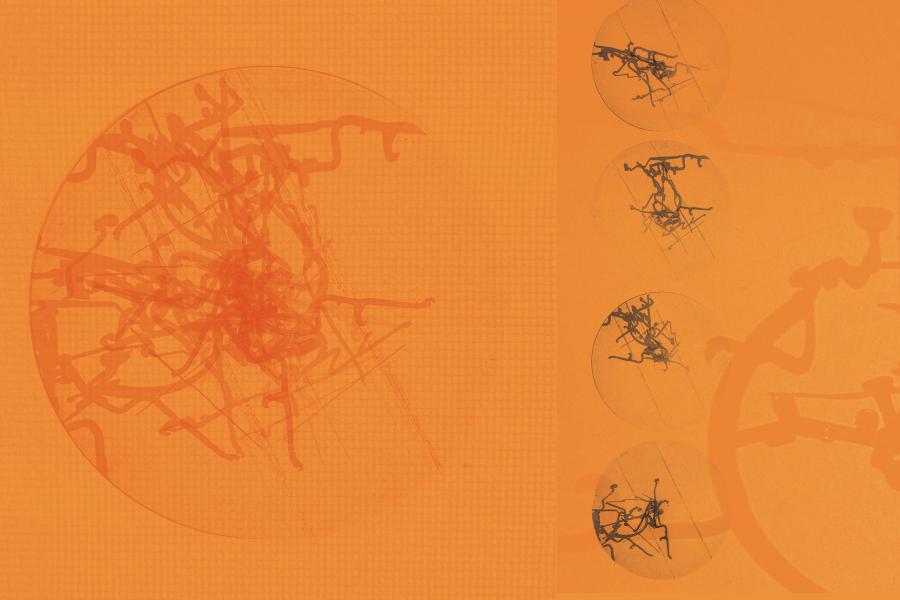
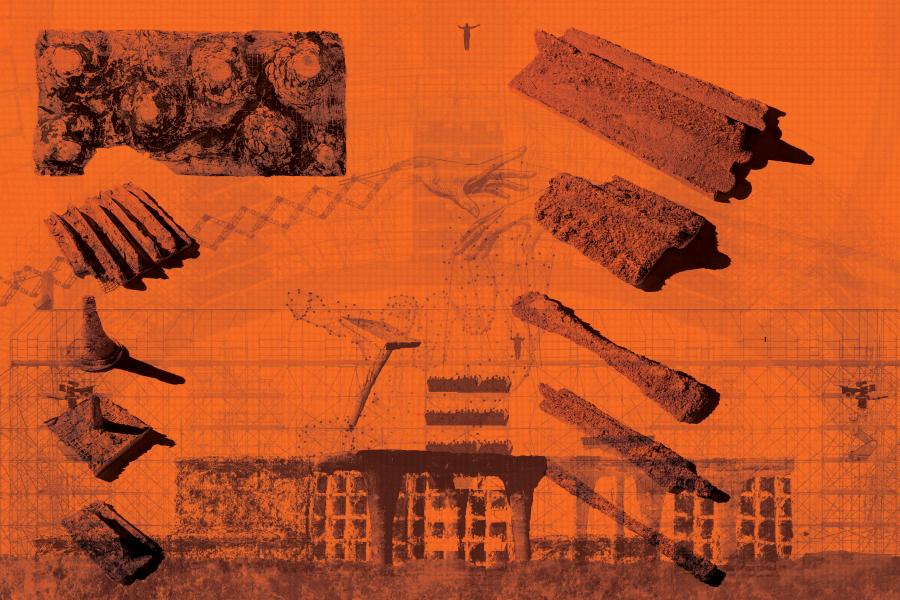

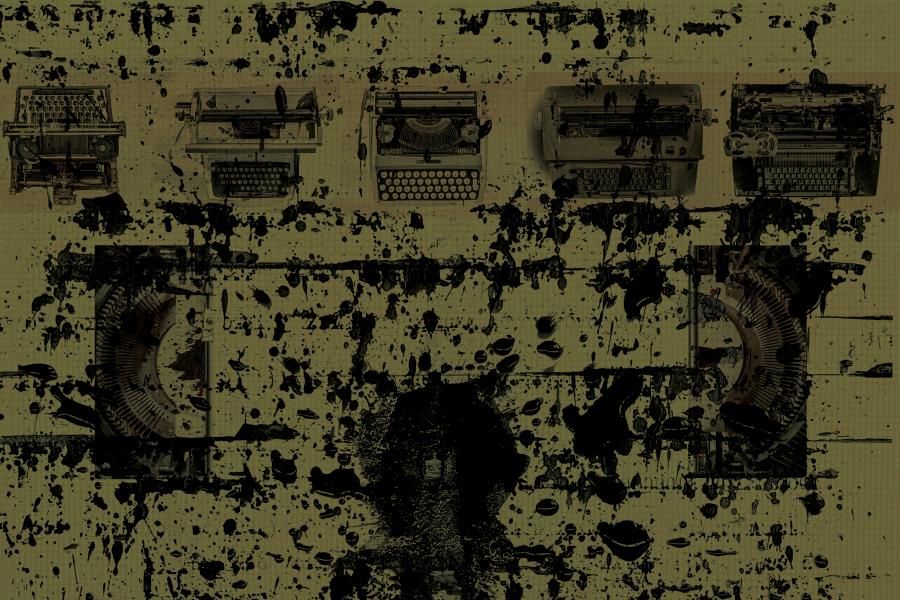
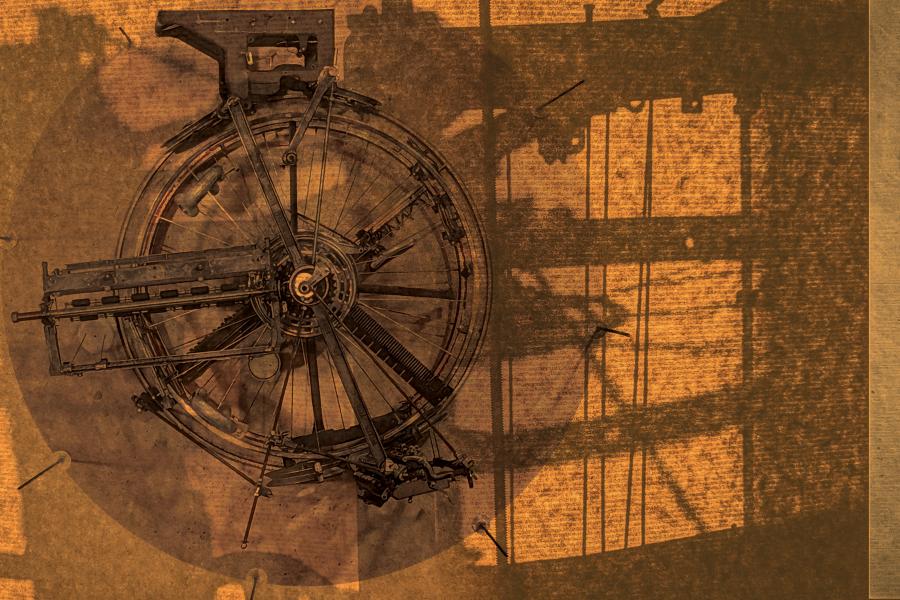
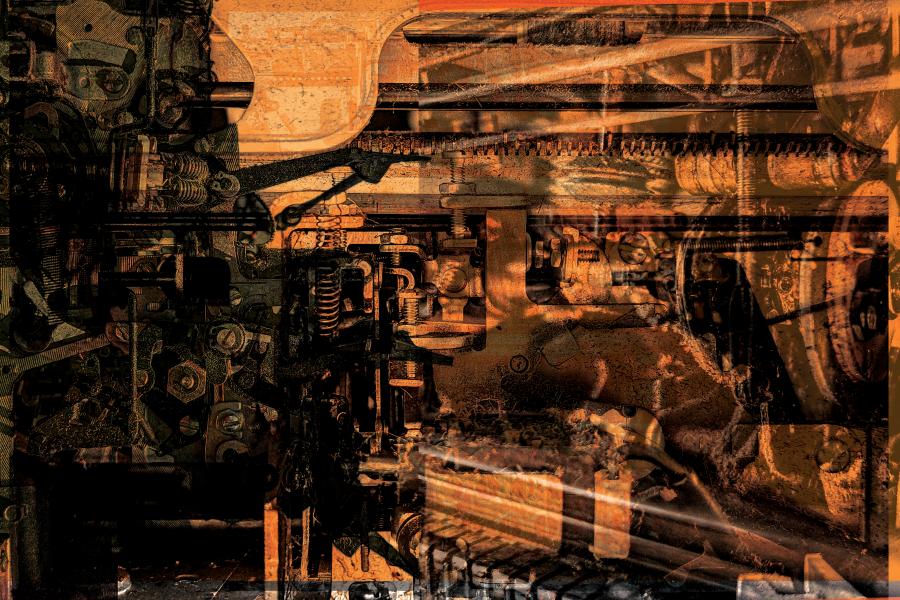
Cast Masque
This is a performance for finding, for practicing in.
CAST
The Centre for Architectural Structures and Technology (CAST) is a facility posed by Mark West; a professor at the University of Manitoba in 1989. This multidisciplinary laboratory constructed on campus is unique in its prescriptive framework of liberation. The structure, the placement and the layout are practical, but not what delineates the facility’s value. The purpose and concept of CAST, in the essence of exploration, reduces the barriers of design. This is a space where the things that are featured in CAST MASQUE were created.
MASQUE
“A masque is a type of theatrical performance dating from the seventeenth and eighteenth centuries.
Its structure is not determined by narrative and often there is no ending in the conventional sense.
The word masque has the same root as ‘mask’. The form of the masque is descended from the medieval mime, or mummery, a theatrical form which develops by repetition.”
-John Hejduk1
There is no aperture, the masque takes place amongst the audience on a court, a dimensional plain such as a stadium or square.
There is no dialogue, physical movement and costumes are the expression of the characters.
There is no explanation, it is up to the audience to interpret the story.
Nothing in the masque is set in stone, the dance and play could be rehearsed, but its choreographed nature is placed within the physical realm and must, therefore, constantly adapt.
CAST MASQUE
The Masque, in its failure to engage with any social or cultural issues, in the absence of any signs of conflict, remains morally evasive.
We are left, not with a sense of mystery, but of emptiness.
-John Hejduk2
The Cast Masque scrutinizes the modernist shallow contemporary individual. The Cast Masque in essence, acts to unmask the false expression of a designer.
This analysis is not from a place of ego, it comes from romanticizing not knowing, a reduction of self assurance or inflation, and the failing of expectations.
Design should follow the parameters of a masque. Ideas are in flux, rehearsed, but are always adaptable.
A designer that can change is a designer that is relevant, much like the tool, if it cannot be adapted or re-purposed, it, the designer, is useless.
A physical manifest of the Cast Masque may exist in the provision of exploration. However, the masque is a mental framework to give agency to what is suppressed in a designer. A conjecture between our rationalized framework and the unknown exists, hindering the architect through a social blueprint of the determined identity of what a designer is, or the roles they play. A contemporary designer is merely acting, re-purposing in a frightened effort to stay relevant. A designer goes to design school to design, but is often hindered with the introspective trends, not relevant to design itself, but to the shallowed surface of movements surrounding. As an intercession to intuition: the psychic response, the Cast Masque ‘allows’ for creation without disposed meaning.
[1] Firebrace, William. “John Hejduk: Lancaster/Hanover Masque: AA Exhibition Gallery 2–26 May 1990.” AA files, no. 21 (1991): 78.
[2] Firebrace, “John Hejduk: Lancaster/Hanover Masque,” 82.
